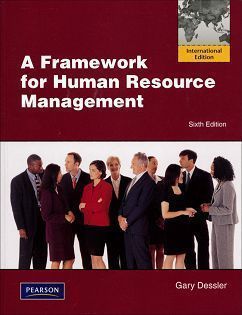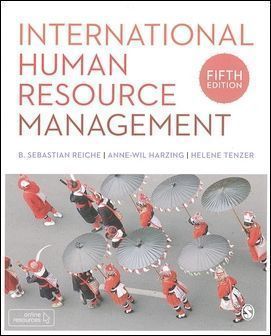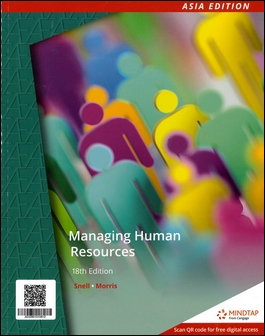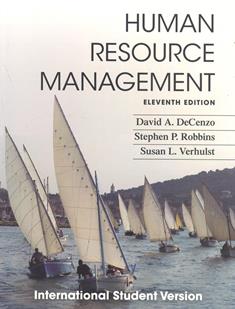書籍分類

A Framework for Human Resource Manageme 6/e
作者:Gary Dessler
原價:NT$ 1,050
ISBN:9780132375931
版次:6
年份:2011
出版商:Pearson Education
版次:6
年份:2011
出版商:Pearson Education
內容介紹 本書特色 目錄
- Description
A Framework for Human Resource Management provides students and practicing managers with a concise yet thorough review of essential HR management concepts—including fundamental practices, methods, topics, and relevant legal findings—in a highly readable and accessible format.







